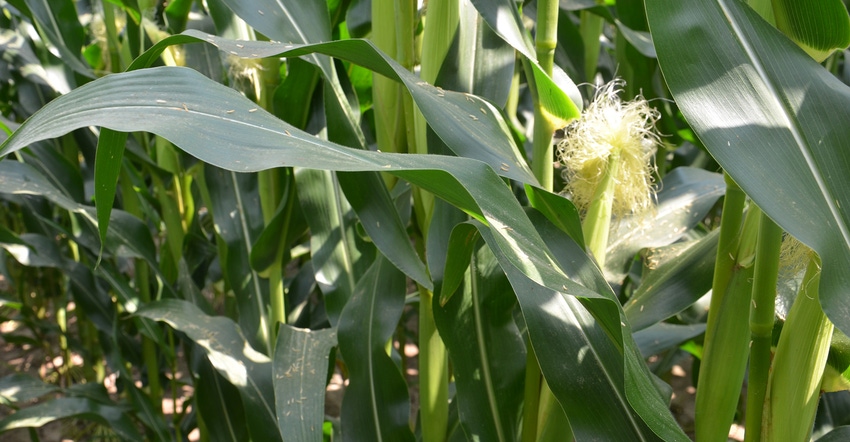
I approached an intersection where a new stop sign was installed and had no trouble spotting it. The octagon shape was outlined in tiny red flashing lights. I noticed a small solar collector behind the sign, powering the lights. Whoever invented these simple solar cells might have been inspired by watching corn plants on a sunny day. They don’t display flashing lights, but they capture sunlight and use it to power the “factory” inside the plant.
Scientists at Corteva Agriscience reason that if these natural solar collectors were more efficient at what they do — capturing and converting sunlight into different forms of energy — crop yields might go up. Corteva joined forces with ZeaKal Inc. to make that logic reality. ZeaKal, a company you likely haven’t heard much about, has proprietary rights to PhotoSeed tech. It uses a novel mechanism to increase a plant’s intrinsic photosynthetic capacity.
ZeaKal spokespeople say PhotoSeed plants harvest more sunlight, fix more carbon dioxide and produce more grain. The grain is often higher in protein and oil content.
News flash! Fungus coming!
Damon Smith may be a scientist, but he likes the seemingly old-fashioned “cuppa coffee” approach. “If you can sit in the morning with your cup of coffee and get a forecast for disease, then we were successful,” says Smith, a plant pathologist at the University of Wisconsin-Madison.
What he and colleagues have developed is hardly old-fashioned. It’s a smartphone app that uses current weather information and knowledge about specific diseases to forecast when spraying might be warranted. Sporecaster received 250 calls daily during the white mold season in soybeans in 2018.
Smith is next targeting tar spot, an up-and-coming corn disease that caused issues in the Upper Midwest and parts of the eastern Corn Belt in 2018.
New tractors on the way
Kubota Corp. wants to sell tractors larger than its biggest 170-hp model. The company will work with Buhler Industries to produce and market tractors in a higher horsepower range.
These new, larger tractors will be customized exclusively for Kubota and will carry on the company’s tradition for engineering expertise and ease of operation. Look for them to roll out in the second half of 2019.
Speed up seed breeding
Syngenta unveiled its discovery of a genome-editing technique to the scientific community recently through an industry journal, Nature Biotechnology. The haploid-induction editing technique has been named Hi-Edit.
Plant breeders at Syngenta are confident this new technology will help them reduce the time it takes to develop new varieties and hybrids. So far, they’ve focused on commercial corn and sweet corn, but they believe it could speed up discovery in wheat and many vegetable crops.
Soil health testing lab
If you’re new to the soil health craze, you may not know there are labs scattered across the country that conduct tests on soils to determine their degree of soil health. Even soil conservation people who work solely in the field sometimes scratch their heads trying to decipher what soil health test results mean. Yet this topic is being discussed more and more within various circles.
MidWest Bio-Tech recently opened the first lab dedicated to soil health testing in Illinois. Previously, many of these labs were in the eastern U.S.
The lab can run various tests, including the Solvita suite of tests. Learn more at midwestbioman.com/soil-health-lab.
About the Author(s)
You May Also Like




